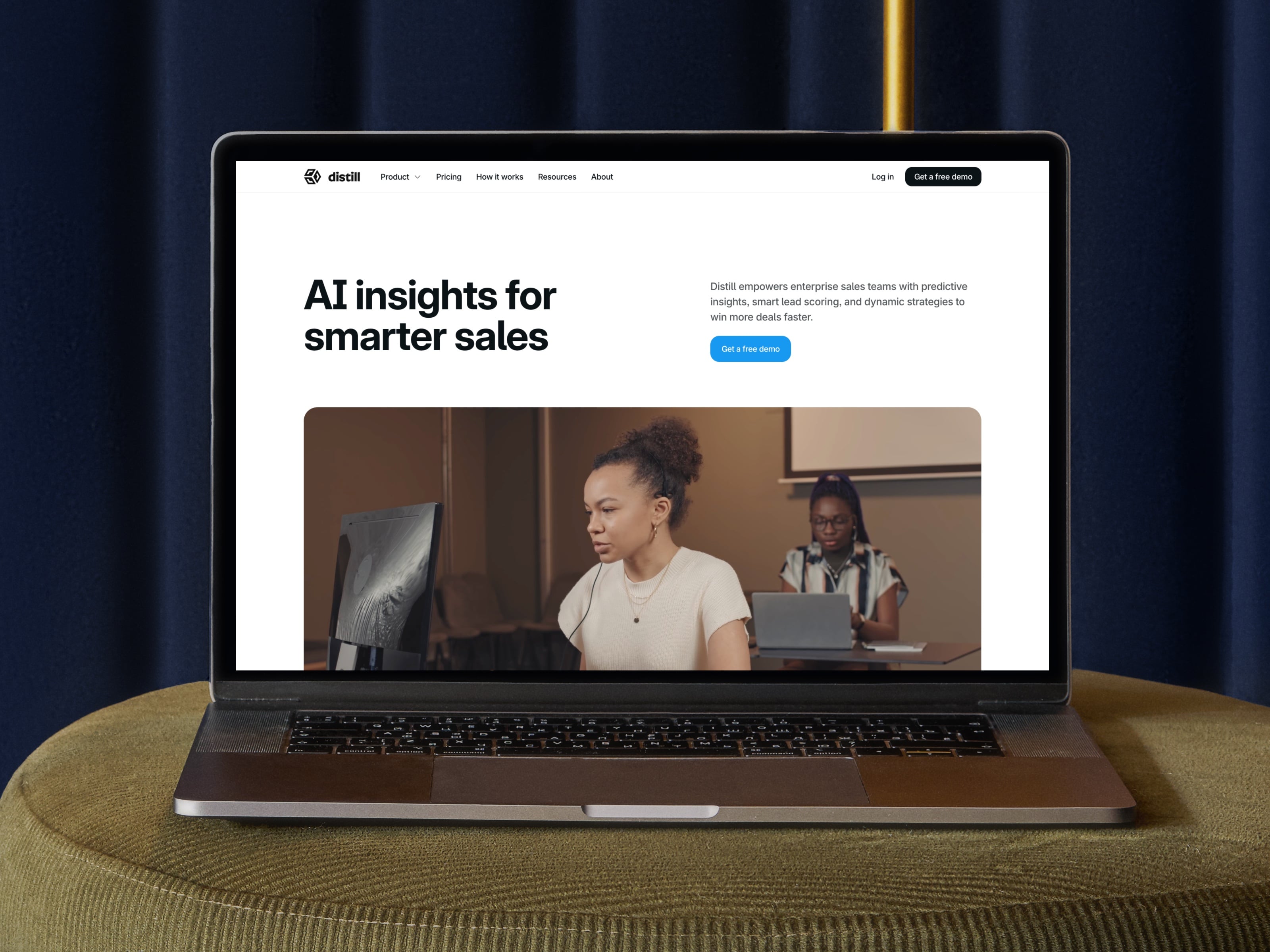Before deciding to undertake a full website redesign, it's essential to conduct a comprehensive website audit.
A redesign is a significant investment of time, money, and resources. However, many website performance issues can be resolved with quick fixes without the need for a complete overhaul.
In this post, I'll guide you through the process of conducting a website audit to determine whether a full redesign is necessary or if smaller, strategic changes can achieve your goals.
The primary goals of a website are to properly communicate the brand's message and tell its story in a compelling way, both through copy and visuals, with the main objective of driving conversions.
Your website should clearly convey who you are, what you offer, and why it matters to your audience.
Keeping this in mind during your audit will help you make informed decisions that align with your business goals.
Why Conduct a Website Audit?
A website audit helps you identify whether your site is effectively communicating your brand message and driving conversions.
It provides a clear picture of what's working and what isn't, helping you determine if a redesign is necessary to achieve your goals.
Benefits of a Website Audit:
- Ensure your brand story is clear and compelling
- Improve user experience to drive more conversions
- Boost search engine rankings with optimized content
- Identify quick fixes that can drive immediate improvements
- Save time and money by avoiding unnecessary redesigns
Key Areas to Focus On During a Website Audit
When auditing your website, keep in mind that every aspect should contribute to effectively telling your brand's story and guiding users toward taking action.
Brand Messaging and Content
Your website's content should clearly convey your brand's message and tell your story in a way that resonates with your audience.
This includes both written content and visual elements.
Key Questions:
- Does the website clearly communicate who you are and what you do?
- Is your brand story compelling and easy to understand?
- Are your calls-to-action (CTAs) clear and persuasive?
Quick Fixes:
- Rewrite headlines and CTAs to better reflect your value proposition.
- Ensure your brand story is consistent across all pages.
- Use visuals that align with your brand identity and messaging.
User Experience (UX) and Design
Evaluate the usability and visual appeal of your website. A good user experience is essential for keeping visitors engaged and encouraging them to take action.
Key Questions:
- Is the navigation intuitive and consistent?
- Are key conversion points easy to find and interact with?
- Does the design support your brand message?
Quick Fixes:
- Simplify navigation menus to make it easier for users to find what they need.
- Update call-to-action buttons with clearer, more actionable text.
- Use responsive design practices to ensure the site works well on all devices.
SEO and Performance
Your website must be discoverable by search engines and load quickly to keep users engaged. SEO plays a crucial role in helping your audience find your brand online.
Key Questions:
- Are meta titles and descriptions unique and relevant?
- Are there any broken links or 404 errors?
- How fast does the website load on desktop and mobile?
Quick Fixes:
- Update meta titles and descriptions to include relevant keywords.
- Use semantic HTML tags eg. H1 on all pages so search engines understand your site.
- Optimize your images, fix broken links and set up 301 redirects for outdated pages.
Conversion Rate Optimization (CRO)
Ensure that your website is designed to guide visitors toward taking specific actions, whether it's signing up for a newsletter, making a purchase, or contacting you.
Key Questions:
- Are CTAs strategically placed throughout the site?
- Is the user journey clear and intuitive?
- Are forms easy to complete and submit?
Quick Fixes:
- Test different CTA placements and messaging to see what drives more conversions.
- Simplify forms to reduce friction for users.
- Use trust signals like testimonials and case studies to build credibility.
When to Consider a Full Redesign
After conducting your website audit, you may realize that quick fixes aren't enough. Here are some signs that a full redesign is necessary:
- The website is not mobile-friendly and requires a complete overhaul to improve responsiveness.
- The site structure is outdated, making navigation difficult for users.
- Branding and design are inconsistent and no longer align with your business goals.
- The website uses outdated technology that limits functionality and scalability.
Tools to Help You Conduct a Website Audit
Here are some tools that can help you perform a comprehensive website audit:
- Google Analytics: Provides insights into user behavior and website performance.
- Google Search Console: Helps you identify SEO issues and monitor site health.
- Ahrefs: A powerful tool for identifying SEO opportunities and tracking backlinks.
- SEMrush: Offers a complete suite of SEO and site audit tools.
- Google Pagespeed Insights: A free tool to check website performance, accessibility, and best practices.
Final Thoughts
A website audit is a crucial first step before committing to a full redesign.
It helps you identify problem areas and determine whether quick fixes can address your site's issues or if a complete overhaul is necessary.
By focusing on key areas like brand messaging, user experience, SEO, and conversion rate optimization, you can make data-driven decisions that improve your website's performance and user experience.
Launch faster with premium Framer templates
Pick from our collection of sleek, professional Framer templates designed to get your startup online fast.
View all templatesKeep reading
Our blog answers the most common Framer questions with clear, step-by-step tutorials to help you succeed.
View more tutorialsJoin the weekly newsletter and get 25% off
Subscribe for free to the newsletter, get weekly Framer tutorials and insights—straight to your inbox.
Join 1,200+ subscribers. One email per week, unsubscribe anytime.



